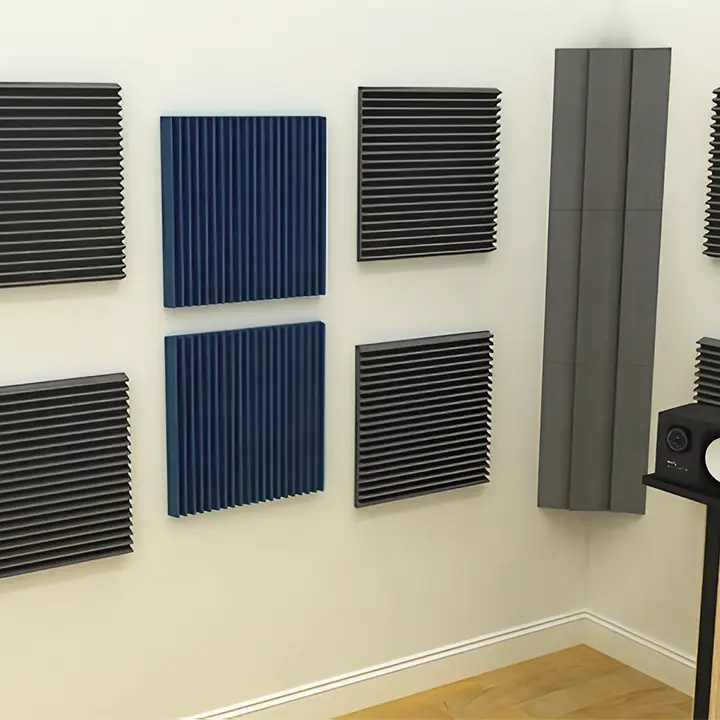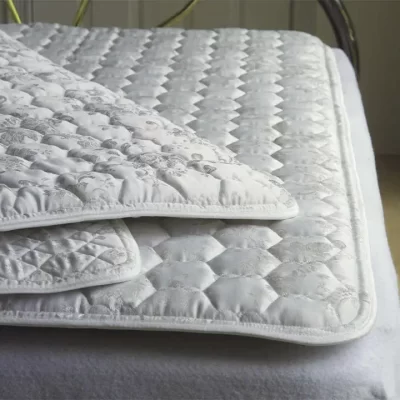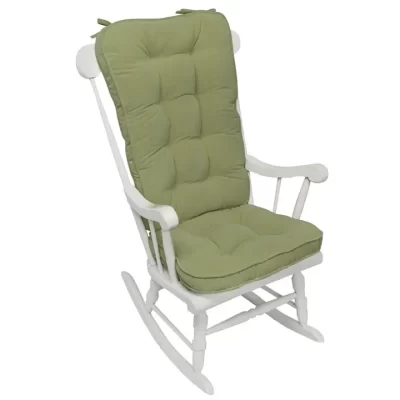Home Theaters
Polyurethane (PU) acoustic foam is a popular and effective material used in home theater rooms to optimize sound quality. It enhances the listening experience by controlling unwanted sound reflections, reducing echo, and improving speech clarity — all without the need for major construction changes.
Description
Recommended PU Foam Types
| Foam Type | Best For | Features |
| Open-cell PU Foam | General wall and ceiling treatment | Soft, porous, excellent sound absorption |
| Pyramid / Wedge Foam | Broad frequency absorption | Surface increases effective surface area |
| Flat Panels | Aesthetic or low-profile installs | Simple look with effective damping |
| Bass Trap Foam | Corners and behind subwoofers | High-density, deep foam for low-end control |
Why Use PU Foam in Home Theaters?
Controls Reflections & Echo: Absorbs sound waves bouncing off hard walls, ceilings, and floors.
Improves Clarity: Enhances dialog, musical details, and surround sound imaging by reducing muddiness.
Reduces Sound Leakage: Helps contain audio inside the theater room and reduces disturbance to nearby rooms.
Aesthetic Flexibility: Available in various shapes and colors for modern or cinematic décor.
Key PU Foam Applications in Home Theaters
Wall Panels: Wedge, pyramid, or flat foam panels absorb mid and high frequencies.
Ceiling Panels: Control vertical reflections to enhance immersion.
Corner Bass Traps: Reduce low-frequency buildup in corners and walls.
Behind Speaker Treatment: Improves directivity and reduces harsh reflections from front and side speakers.
Back Wall Diffusion + Absorption: Prevents flutter echo and controls late reflections.
Benefits of PU Foam in Home Theater Acoustics
- Cost-effective acoustic improvement
- Lightweight and easy to install with adhesive or mounting strips
- Non-toxic and low-VOC (when CertiPUR-US® certified)
- Customizable layout and foam thickness (25mm to 100mm)
- No structural changes needed – ideal for renters or DIY setups
- Choose fire-retardant foam (e.g., UL 94, FMVSS 302) for residential use.
- Avoid cheap foam that discolors or degrades over time — look for UV-resistant and odor-free products.
- Use acoustic foam with proper certifications for indoor air quality.






